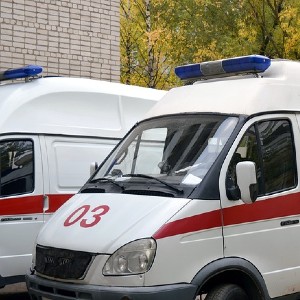Where to place emergency ambulance vehicles: use of a capacitated maximum covering location model with real call data

All claims expressed in this article are solely those of the authors and do not necessarily represent those of their affiliated organizations, or those of the publisher, the editors and the reviewers. Any product that may be evaluated in this article or claim that may be made by its manufacturer is not guaranteed or endorsed by the publisher.
Accepted: 18 June 2023
Authors
This study integrates geographical information systems (GIS) with a mathematical optimization technique to enhance emergency medical services (EMS) coverage in a county in the northeast of Iran. EMS demand locations were determined through one-year EMS call data analysis. We formulated a maximal covering location problem (MCLP) as a mixed-integer linear programming model with a capacity threshold for vehicles using the CPLEX optimizer, an optimization software package from IBM. To ensure applicability to the EMS setting, we incorporated a constraint that maintains an acceptable level of service for all EMS calls. Specifically, we implemented two scenarios: a relocation model for existing ambulances and an allocation model for new ambulances, both using a list of candidate locations. The relocation model increased the proportion of calls within the 5-minute coverage standard from 69% to 75%. With the allocation model, we found that the coverage proportion could rise to 84% of total calls by adding ten vehicles and eight new stations. The incorporation of GIS techniques into optimization modelling holds promise for the efficient management of scarce healthcare resources, particularly in situations where time is of the essence.
How to Cite

This work is licensed under a Creative Commons Attribution-NonCommercial 4.0 International License.








